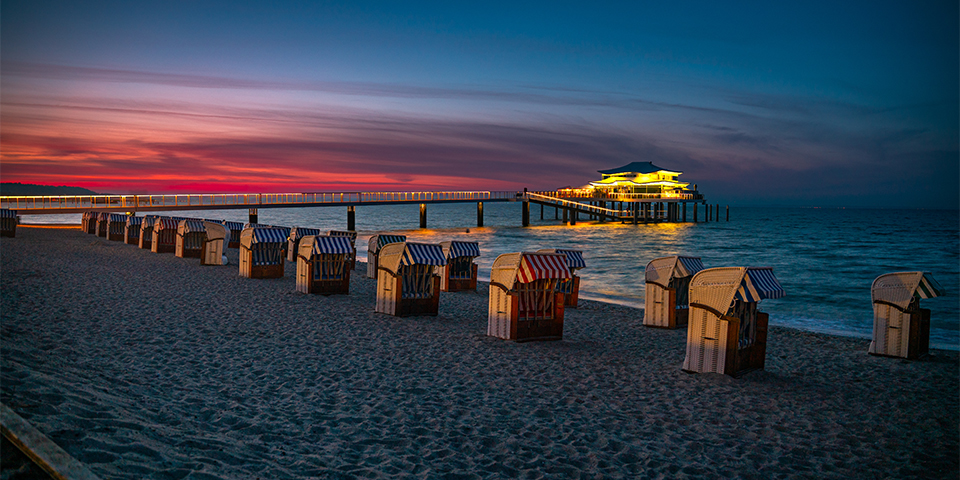
An Introduction to Light in Outdoor Photography
 Vlad Manea
Vlad Manea
Light is the cornerstone of photography, and understanding how to work with natural light is essential for capturing stunning outdoor images. This introduction to light in outdoor photography will teach you the basics and inspire you to experiment with creative techniques.
Why Light Matters in Photography
Photography is essentially the art of capturing light. The way light interacts with your subject influences the mood, texture, and overall impact of your photos. By understanding light, you can transform ordinary scenes into extraordinary works of art.
Types of Natural Light
Different types of natural light offer unique opportunities for outdoor photography. Recognizing and using them effectively can elevate your images.
Golden Hour
- What It Is: The hour after sunrise and the hour before sunset.
- Characteristics: Warm, soft light with long shadows.
- Best For: Portraits, landscapes, and any scene requiring a dreamy, glowing effect.
Blue Hour
- What It Is: The twilight period before sunrise and after sunset.
- Characteristics: Cool, soft light with a bluish hue.
- Best For: Cityscapes, moody landscapes, and low-light scenes.
Midday Sun
- What It Is: Light during the middle of the day.
- Characteristics: Harsh, direct light with strong shadows.
- Best For: High-contrast shots or when diffused by clouds.
Overcast Light
- What It Is: Light on cloudy days.
- Characteristics: Soft, even light with muted contrasts.
- Best For: Portraits, macro shots, and scenes requiring subtle details.
Qualities of Light
Understanding the qualities of light helps you adapt to different conditions and use light creatively.
Intensity
The brightness of light influences exposure. Bright sunlight requires smaller apertures and faster shutter speeds, while low-light conditions call for higher ISO settings or longer exposures.
Direction
- Front Light: Illuminates the subject evenly but can appear flat.
- Side Light: Adds depth and texture by casting shadows.
- Back Light: Creates silhouettes and dramatic effects.
Color
Light color changes depending on the time of day and weather. Warm tones during golden hour create a cozy atmosphere, while cool tones during blue hour add a sense of calm.
Tips for Working with Outdoor Light
- Plan Your Shoot: Use apps or tools to track sunrise, sunset, and weather conditions.
- Adjust Camera Settings: Use manual mode to control exposure and adapt to changing light conditions.
- Use Reflectors and Diffusers: Bounce or soften light for more balanced results.
- Embrace Shadows: Shadows add depth and dimension to your compositions.
- Experiment with Angles: Changing your position relative to the light source can dramatically alter the look of your photo.
Conclusion
Light is the most important tool in outdoor photography. By understanding its types and qualities, you can harness natural light to create impactful images. Start experimenting with different lighting conditions and discover how they can transform your photography.